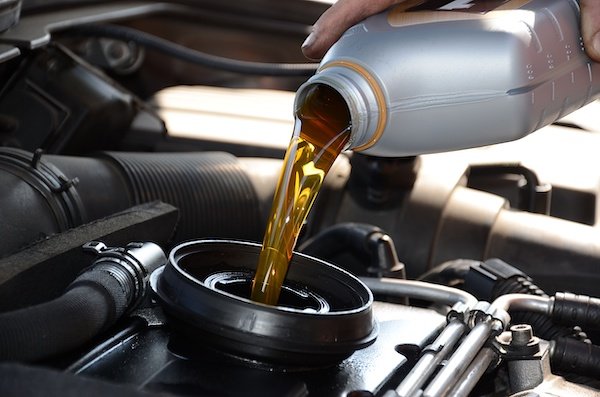Your car’s engine oil is like its lifeblood—keeping parts lubricated, reducing friction, and preventing overheating. Ignoring oil changes can lead to engine damage, poor fuel efficiency, and costly repairs. But how do you know when it’s time for an oil change?
In this guide, we’ll cover the top warning signs, recommended oil change intervals, and whether synthetic or conventional oil is best for your vehicle.
1️⃣ How Often Should You Change Your Oil?
Your oil change schedule depends on your vehicle type, driving habits, and the oil you use.
📌 General Oil Change Recommendations:
- Conventional Oil: Every 3,000–5,000 miles
- Synthetic Blend Oil: Every 5,000–7,500 miles
- Full Synthetic Oil: Every 7,500–10,000 miles
🚗 Driving in Extreme Conditions? You may need more frequent oil changes if you:
- Drive in stop-and-go traffic regularly.
- Tow heavy loads or trailers.
- Drive in extreme heat or cold temperatures.
- Make short trips frequently (oil doesn’t get hot enough to burn off contaminants).
💡 Check your owner’s manual for your vehicle’s specific oil change recommendations.
2️⃣ Signs Your Car Needs an Oil Change
1. Dark, Dirty, or Gritty Oil
🔎 Why? Fresh oil is amber-colored and smooth. Over time, it turns dark and thick with contaminants.
✅ Fix: Check your oil dipstick—if the oil looks dirty or has debris, it’s time for a change.
2. Loud Engine Noises or Knocking
🔎 Why? Oil lubricates engine parts. When it’s old or low, friction increases, causing knocking or grinding sounds.
✅ Fix: An oil change restores lubrication and prevents engine wear.
3. Oil Change or Check Engine Light Is On
🔎 Why? Many modern vehicles have oil life monitoring systems that alert you when it’s time for an oil change.
✅ Fix: Don’t ignore warning lights—get your oil checked immediately.
4. Exhaust Smoke or Burning Oil Smell
🔎 Why? Excess exhaust smoke or a burning oil odor means oil is leaking or burning inside the engine.
✅ Fix: Get an oil change and check for leaks before engine damage occurs.
5. Decreased Fuel Efficiency
🔎 Why? Dirty oil reduces engine efficiency, making your car work harder and burn more fuel.
✅ Fix: Fresh oil improves fuel economy and overall performance.
3️⃣ Synthetic vs. Conventional Oil – Which Is Best?
🚗 Conventional Oil: Affordable, but breaks down faster. Best for older cars or light driving.
🔧 Synthetic Oil: More expensive but lasts longer, improves performance, and resists breakdown.
💰 Synthetic Blend: A mix of both—offers better protection than conventional oil at a lower cost than full synthetic.
💡 Tip: If you drive long distances or in extreme conditions, synthetic oil is a better investment.
4️⃣ How to Check Your Oil at Home
📌 Step 1: Park your car on a level surface and let the engine cool.
📌 Step 2: Locate the oil dipstick and pull it out.
📌 Step 3: Wipe it clean, reinsert it, then pull it out again.
📌 Step 4: Check the oil level and color. If it’s low or dark, you need an oil change.
Need an Oil Change? Visit Onsite Auto Services!
🚗 Don’t wait until it’s too late! Regular oil changes extend engine life, improve performance, and prevent costly repairs. At Onsite Auto Services, we provide fast, affordable oil changes using high-quality synthetic and conventional oils.
📞 Call us today or schedule an appointment online for expert oil change services near you!
OilChange #CarMaintenance #AutoService #EngineCare #SyntheticOil #CarPerformance #VehicleHealth #OilChangeNearMe #PreventativeMaintenance #CarCare
“Not sure if your car needs an oil change? Learn the top signs, recommended oil change intervals, and synthetic vs. conventional oil benefits. Read now!”

